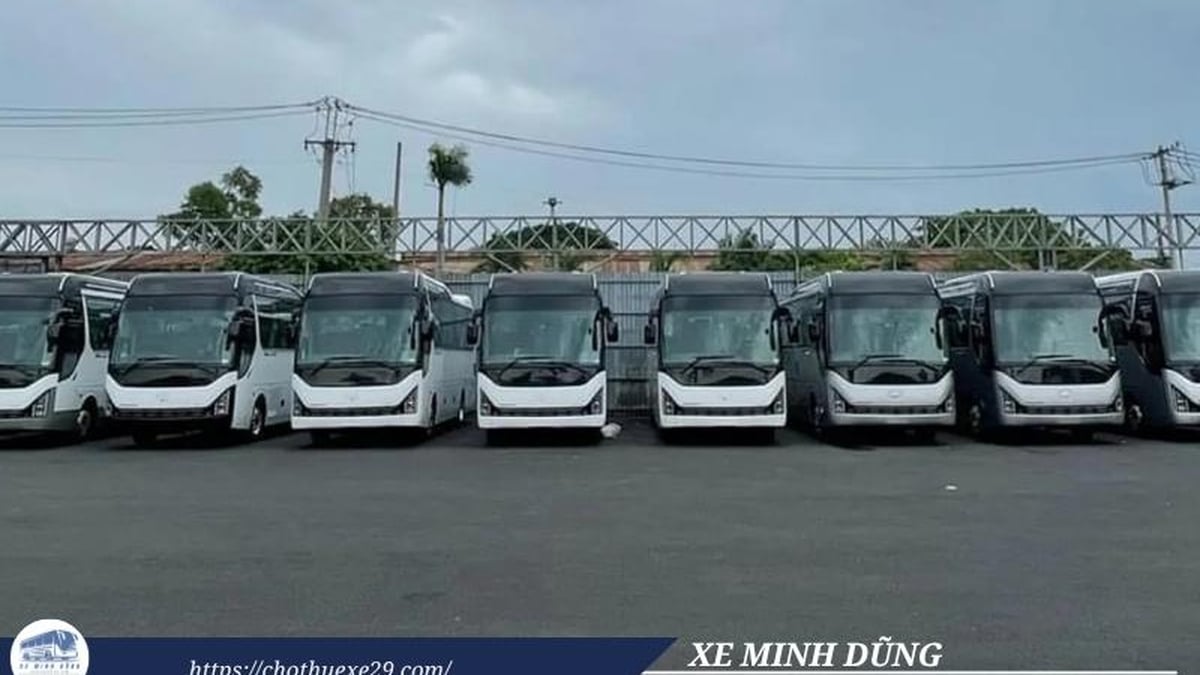The next wave of 5G – 5G Advanced – promises a host of new features and capabilities, and telecom operators are expected to start investing heavily in the technology from 2025.
The 3GPP standards association introduced 5G Release 18 in the summer of 2024 and has made it available to 5G device manufacturers. Release 18 officially introduced the “5G Advanced” name to the wireless industry. 3GPP released the first set of 5G specifications in Release 15 in 2017. The organization previously implemented a similar upgrade approach with 4G LTE. The LTE Advanced specification appeared in Release 10 in 2011.

On its website, network equipment maker Ericsson said that with AI/ML (artificial intelligence/machine learning) as a key component, among other technologies, 5G Advanced will support cutting-edge technologies such as extended reality (XR) and RedCap devices, while improving the energy efficiency of the network.
In early 2023, Qualcomm also outlined a range of technologies that could come with 5G Advanced, including enhanced MIMO and low power consumption.
However, when and how to implement Release 18 is entirely up to the operators. As with all 3GPP standards, each operator has the right to choose which technologies to implement.
The move to 5G Advanced may not be a smooth one as operators face challenges in delivering services to customers. First, many of the specifications in 5G Advanced assume that operators have deployed 5G SA (5G Standalone), which supports advanced features such as network slicing. However, this is not the case. According to LightReading, most global mobile operators when commercializing 5G are prioritizing 5G NSA (non-standalone) because it is easier to deploy.
In addition, upgrading to 5G Advanced requires additional costs for carriers, while 5G has not yet brought them meaningful revenue.
However, as competition between carriers continues to intensify, especially in the 5G space, there are indications that they will recover network spending from 2025. 5G Advanced equipment and software are likely to be part of this recovery.
In the US, T-Mobile plans to offer the first 5G Advanced services by the end of 2024. It was the first mobile carrier to deploy 5G SA domestically and has recently introduced services such as network slicing.
Meanwhile, manufacturers like Ericsson may see 5G Advanced as a way to change their business models. Ericsson will sell more software in the future, improving margins, according to CEO Börje Ekholm.
(According to LightReading)
Source: https://vietnamnet.vn/5g-advanced-se-phat-trien-ra-sao-trong-nam-2025-2358999.html






















![[Photo] National Assembly Chairman Tran Thanh Man visits Vietnamese Heroic Mother Ta Thi Tran](https://vphoto.vietnam.vn/thumb/1200x675/vietnam/resource/IMAGE/2025/7/20/765c0bd057dd44ad83ab89fe0255b783)















































































Comment (0)